Rheingold Arborvitae
$44.50 Original price was: $44.50.$31.15Current price is: $31.15.
- Free Shipping over $25
- Fast & reliable delivery options
- Enjoy top quality items for less
- Multiple safe payment methods

We are constantly exposed to new plants, and often these are fantastic garden additions. But sometimes the oldest is still the best, and this is certainly true when it comes to a vibrant splash of gold in your winter garden. The Rheingold Arborvitae has been around for well over a century, but still nothing beats it – it delivers the richest golden color all year round of any golden evergreen. Growing into a compact, rounded shrub, it is small enough for a small garden, but big enough to make an impact in a larger one too. If you are looking for gold, here is where to find it.
The Rheingold Arborvitae develops into a rounded form, just a little taller than wide, reaching 3 to 5 feet in 10 years, and just a little less across. Like all conifer evergreens it continues to grow for its whole life, and older plants will become significantly larger, although they can easily be clipped to keep them smaller and neater, if you wish. The most striking feature of this plant is the vibrant golden color of the leaves. Some ‘golden’ evergreens are just gold on the new leaves, but this beauty is gold all the way through, and stays that way all year round. No other evergreen maintains its golden color so well, in winter and in summer, so it is no wonder that this old variety has remained a top favorite for so long. Summer foliage is bright yellow, and in winter, with colder weather, a coppery ‘old gold’ color develops.
The second unusual feature of this plant is the foliage itself. Arborvitae trees have different leaves when they are young seedlings. They are triangular, and they point out from the stems. This ‘juvenile’ foliage is replaced by flat, scaly ‘adult’ leaves that cling to the stems, developing into the flattened sprays typical of arborvitae. In the Rheingold Arborvitae both types of leaves persist, and branches may have both types on them at the same time. This variability creates a much richer texture to this plant, and it gives it a more exciting look that we see in most other evergreens. The balance of these two types of leaves varies from plant to plant, and over time.
Growing Rheingold Arborvitaes
Use the Rheingold Arborvitae as a striking specimen anywhere in your garden. It looks fabulous mixed with darker leaves plants, or with other colorful evergreens, such as blue foliaged plants. Use it in containers – a pair in pots framing a doorway would be stunning. Grow it as an informal hedge along a path or drive, and you can clip it too, for a more formal look. It is perfect for bringing color to the foundation planting around your home, as a single plant, or in groups. It is small enough to fit beneath windows, or to plant in front of taller bushes.
Planting Location
Grow the Rheingold Arborvitae in full sun for the best color. In shadier spots it may become more lime-green after the spring flush of yellow growth. In zone 7, some afternoon shade will prevent any risk of sun scorch in summer. In cold areas protection from drying winds will prevent winter injury. Grow in any well-drained garden soil that is not too dry. Do not plant in hot, dry places, as regular moisture will give the best results, although drainage is important. This plant has no significant pests or diseases and it is very easy to grow.
History of the Rheingold Arborvitae
The Rheingold Arborvitae is a unique form of the eastern arborvitae, Thuja occidentalis. This American tree grows throughout eastern Canada and the north-eastern states of America, through the Appalachians as far south as West Virginia. Wild trees grow to 50 feet or so, and occasionally grand old trees 100 feet tall are seen. The form called ‘Rheingold’ was found around 1900 by Rud Vollert, a nurseryman from Lübeck, Germany. He saw an unusual branch growing on a plant of another golden Arborvitae variety, ‘Ellwangeriana Aurea’. That plant has only adult foliage, while this new branch had juvenile leaves. The plants grown from Vollert’s branch were all juvenile, but over time plants began to develop the characteristic mix of adult and juvenile foliage seen today in most plants of ‘Rheingold’.
Our plants are grown from stem pieces taken from plants descended from that original discovery. This plant cannot be reproduced from seed, and it must be carefully grown to preserve its unique characteristics and brilliant coloring. This reliable classic variety is always in high demand, so order now for the very best golden evergreen available, while we still have stock available. It will soon be gone.
Be the first to review “Rheingold Arborvitae” Cancel reply
Related products
Evergreen Trees
Evergreen Trees
Evergreen Trees
Evergreen Trees
Evergreen Trees
Arborvitae Trees
Cedar Trees
Evergreen Trees

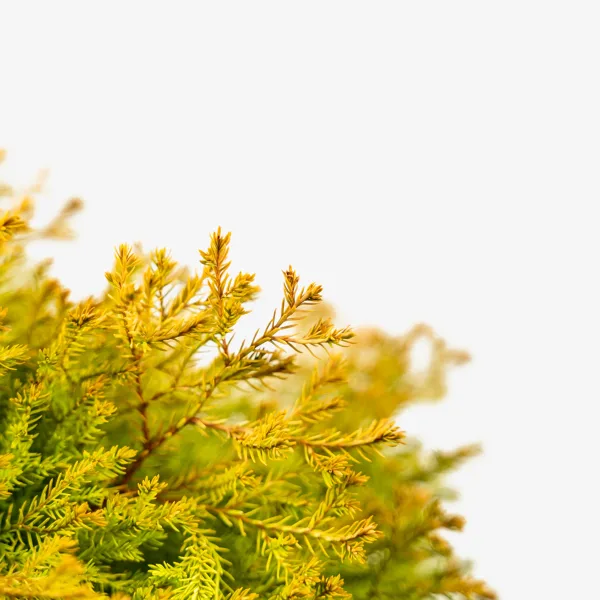

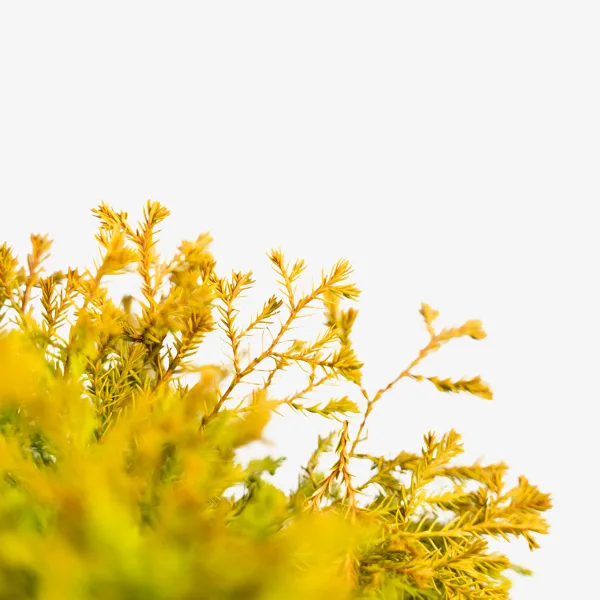
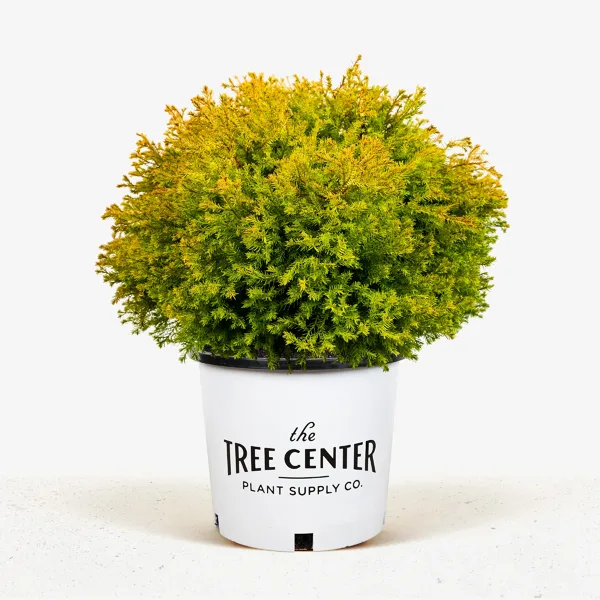
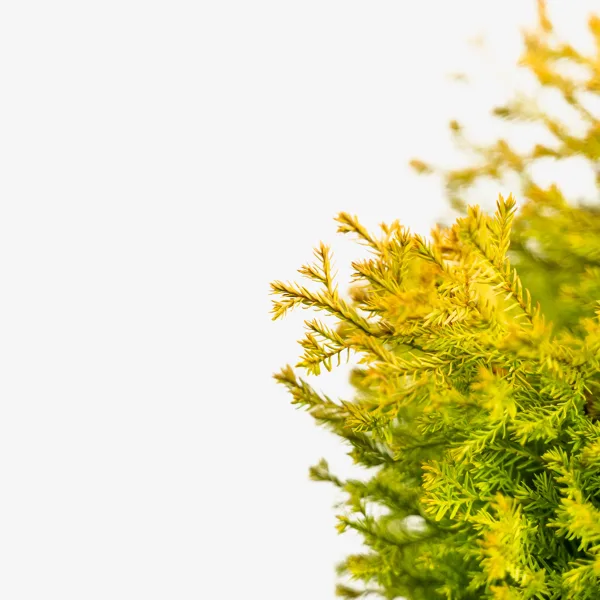

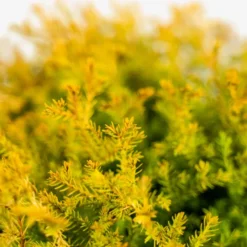
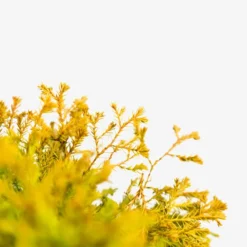
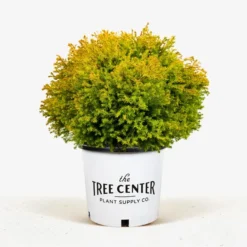

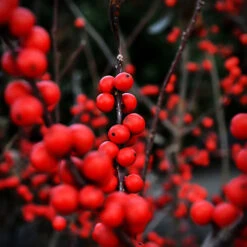

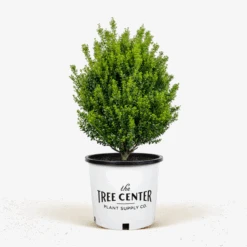

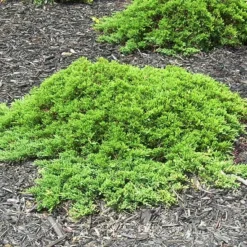
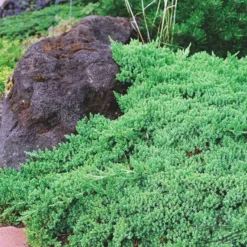
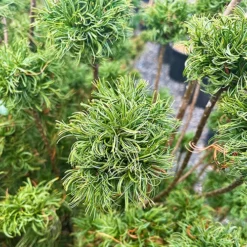
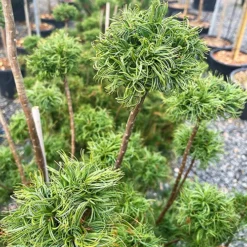
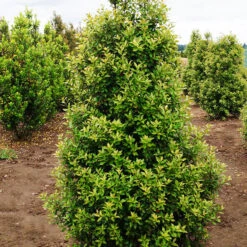


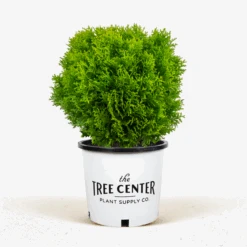
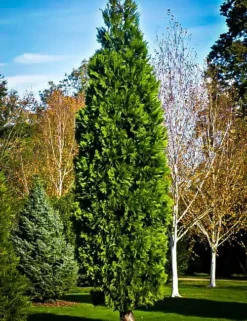
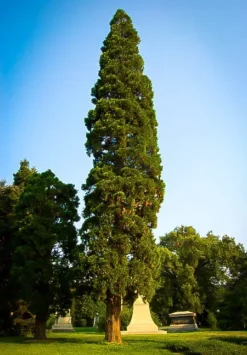


Reviews
There are no reviews yet.